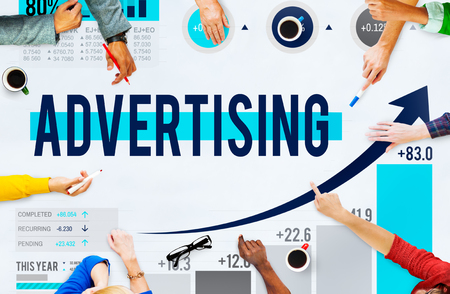What are the different types of advertising channels available?
BY: DA PUBLISHED: 2024-03-31 10:34:20 | UPDATED: 2025-11-08 05:47:30 | Views: 531
There are numerous types of advertising channels available, each with its own advantages and suitability depending on your target audience, budget, and marketing objectives. Here are some common advertising channels:

Television Advertising: TV commercials air on broadcast or cable networks, reaching a broad audience. They can be highly effective for building brand awareness but can also be expensive.
Radio Advertising: Radio ads air on AM/FM stations and can be targeted to specific demographics or geographic areas. They are often more affordable than TV ads and can be effective for local businesses.
Print Advertising: This includes ads in newspapers, magazines, brochures, and direct mail. Print ads can be targeted to specific publications or audiences and offer a tangible format for delivering your message.
Digital Advertising:
- Search Engine Marketing (SEM): This includes paid search ads that appear on search engine results pages (e.g., Google Ads).
- Display Advertising: Banner ads, pop-ups, and other visual ads displayed on websites, often targeted based on user behavior or demographics.
- Social Media Advertising: Paid ads on platforms like Facebook, Instagram, Twitter, LinkedIn, etc., targeting specific demographics or interests.
- Email Marketing: Promotional messages sent to a targeted list of email subscribers.
- Content Marketing: Creating and promoting content (e.g., blog posts, videos, infographics) to attract and engage an audience.
Outdoor Advertising: This includes billboards, transit ads (e.g., buses, subway stations), and signage. Outdoor ads can reach a broad audience and provide high visibility.
Direct Response Advertising: This includes infomercials, direct mail, and online ads designed to prompt an immediate response from the audience,
such as making a purchase or requesting more information.
Event Sponsorship and Experiential Marketing: This involves sponsoring events or creating experiences (e.g., pop-up shops, experiential activations) to engage with consumers directly.
Word-of-Mouth Marketing: Encouraging satisfied customers to spread the word about your business through referrals, reviews, and social sharing.
Influencer Marketing: Partnering with influencers or industry experts to promote your products or services to their followers.
Mobile Advertising: Ads specifically designed for mobile devices, including in-app ads, mobile web ads, and SMS marketing.
You May Also Like

How can advertising help my business?
1 year ago
How to start advertising business?
1 year agoLatest Videos
Top 5 AMAZING Places to Visit in Ethiopi...
Oct 18, 2025Sea waves & beach drone video
Jun 21, 2025Related Articles

How can advertising help my business?
1 year ago
